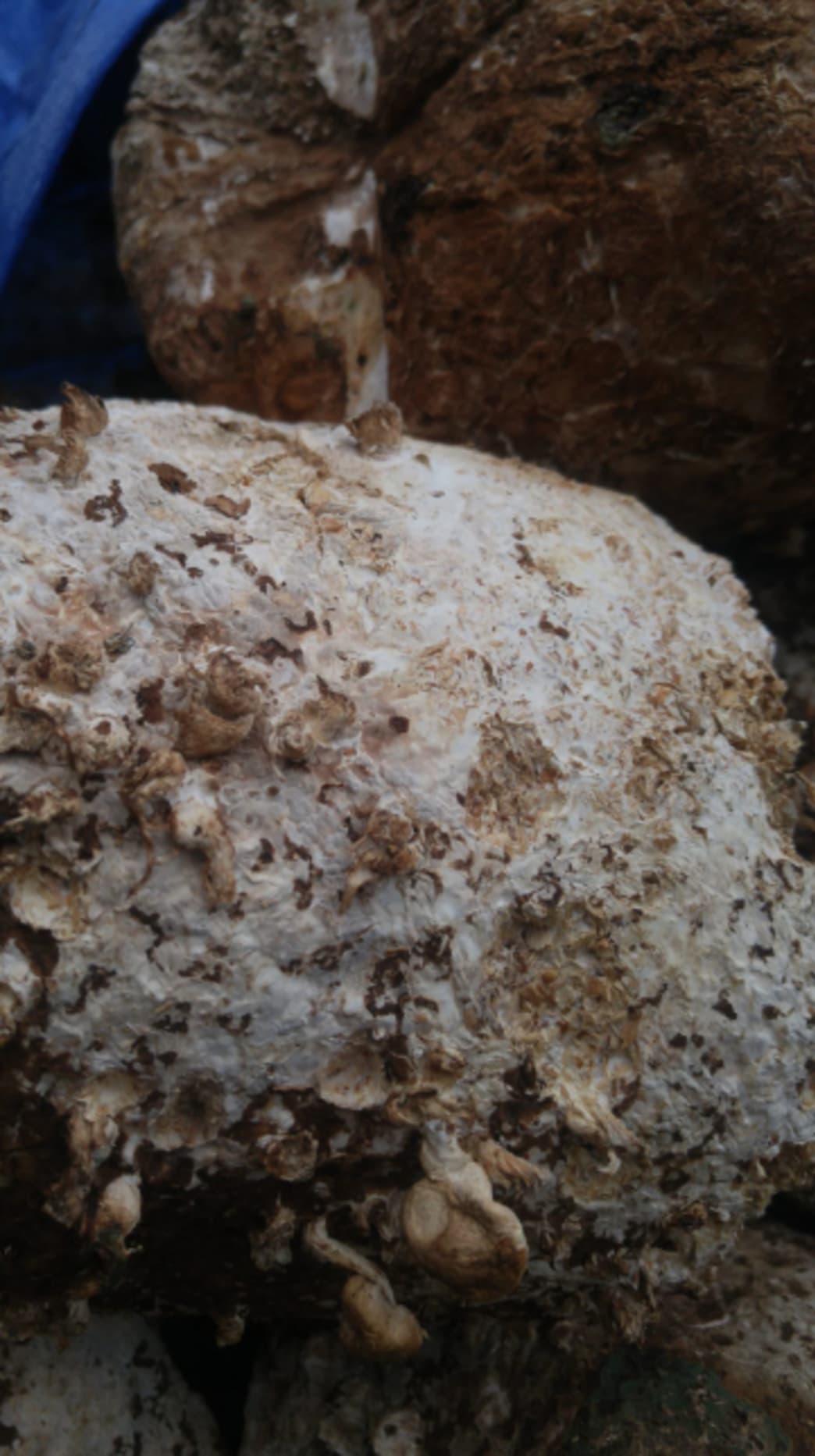What causes mushrooms to grow? Mycelium and the proper mix of temperature and humidity leads to mushroom growth. Learn more in this article now
What causes mushrooms to grow? Mycelium is important to the growth of mushrooms and a topic we are discussing today. However, there are other necessary environmental conditions needed for mushrooms to grow.
So to begin, what is mycelium? Mycelium is the vegetative body of fungi. It is what produced mushroom bodies. Mycelium begins with a spore. When a spore lands on an appropriate substrate under suitable conditions, that spore will germinate. That germination is the beginning of mycelium. Mycelium consists of the growing 'stem' cells of the fungus
What causes mushrooms to grow: Understanding the magic of mycelium’s “wood wide web” and enzymes
Enzymes are incredibly important in the evolution from mycelial mass to mushroom. Mycelium grows by releasing enzymes from the hyphal tips of the mycelium to digest the surroundings and then absorb the nutrients. The cells will eventually branch, building a vast, mycelial network in the process.
These enzymes guide how the mycelium grows. If the mycelium is receiving compounds that it really likes and helps it grow quicker, then the enzymes will take note and work on proliferating more in that area. If the enzymes perceive an attack, then they will secrete in defense.
Enzymes can be very potent antibiotic, antiviral, and antifungal compounds. Humans share a lot of similar pathogens as fungi, so many original pharmaceuticals were derived from fungi because mycelium secretes these powerful enzymes with healthful properties that can help fight off harmful pathogens.
What causes mushrooms to grow: Understanding the role of mycelium in the ecosystem
In recent decades scientists have begun to realize that the mycelium plays an increasingly more important role in ecosystems than ever considered before. Mycelium is not only growing and consuming for the survival of its own species, but also for the benefit of the entire ecosystem.
All of the life you see in the woods depends deeply on the mycelial network that rests below. Thousands of species of fungi live in our soils, breaking down dead material (saprophytes), connecting plants and expanding their root zones, and attacking living organisms. All of this is possible because of the mycelial network.
The ideas of everything being connected and exchanging information and being interdependent scientifically seem irrefutable when the role of mycelium is understood.
Mycelium plays an important role in mycology, plant pathology, and mushroom cultivation. Only by studying and understanding the physiology of mycelium has mushroom cultivation been able to occur.
What causes mushrooms to grow when indoor cultivation is used
As just mentioned, understanding the role of mycelium is incredibly important to the development of mushroom cultivation practices. Not only can mushrooms be grown by humans, but it can be done with the use of a variety of mediums both indoors and outdoors.
If you are beginning the process of mushroom cultivation indoors as a professional or a hobby, then there are certain parameters to what causes mushrooms to grow.
In addition to mycelium, there are other environmental conditions that cause mushrooms to grow. Here is a look at four major components that mushroom farmers turn to, especially when growing indoors:
CO2
Lighting
Humidity
Temperature
These parameters will change a bit depending on the mushroom species being grown. Let’s take a look at some additional insight on these parameters though. For instance, when it comes to CO2 levels, we are typically looking for less than 800 ppm. For humidity, most species will require humidity over 80% to begin fruiting. Humidity levels will also change throughout the growing process. During the incubation period the humidity requirements may be a bit higher than the fruiting requirements. Some mushrooms will prefer 95-100% humidity during the pinning phase.
Mushrooms do not require as much light as many plants do. However some light is required during the fruiting process. We typically recommend that there is enough light to comfortably read a book in the area where the mushrooms are being grown. That is a basic rule of thumb that tends to work.
Temperature is another consideration that will vary depending on the stage of growth and the mushroom species being grown. The blue oyster mushroom, for instance, can fruit in a wide range of temperatures, from about 45 degrees Fahrenheit to about 95 degrees Fahrenheit. This is one reason that blue oyster mushrooms are easier to grow than many other species. The king oyster mushroom, for instance, prefers cooler temperatures to fruit and will have a hard time producing fruiting bodies if the temperatures are over 70 degrees Fahrenheit.
What causes mushrooms to grow: Summing it all up
Ultimately, what causes mushrooms to grow is the presence of mycelium and the proper environmental conditions. If you’ve ever walked around in a yard or the woods after a rainstorm during the spring or fall, you may find mushrooms popping up the next day. The mycelium was already in place, and the rain led to enough humidity for the mushrooms to fruit.

